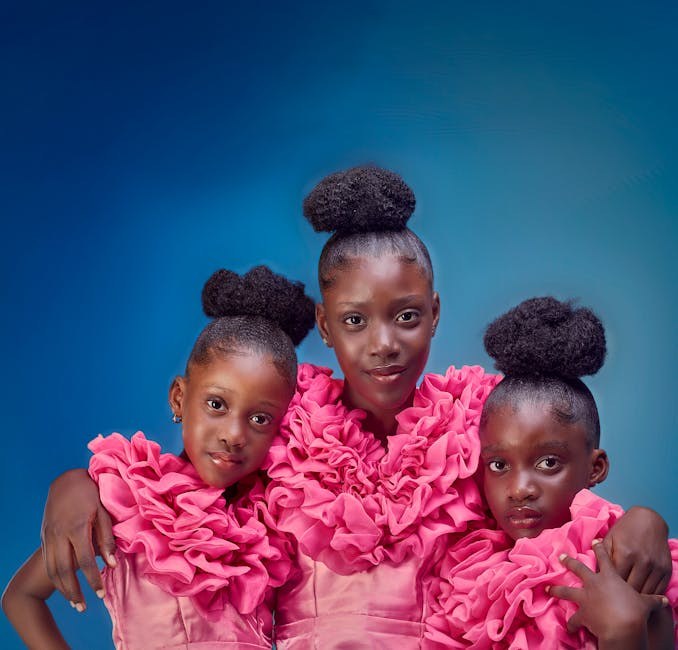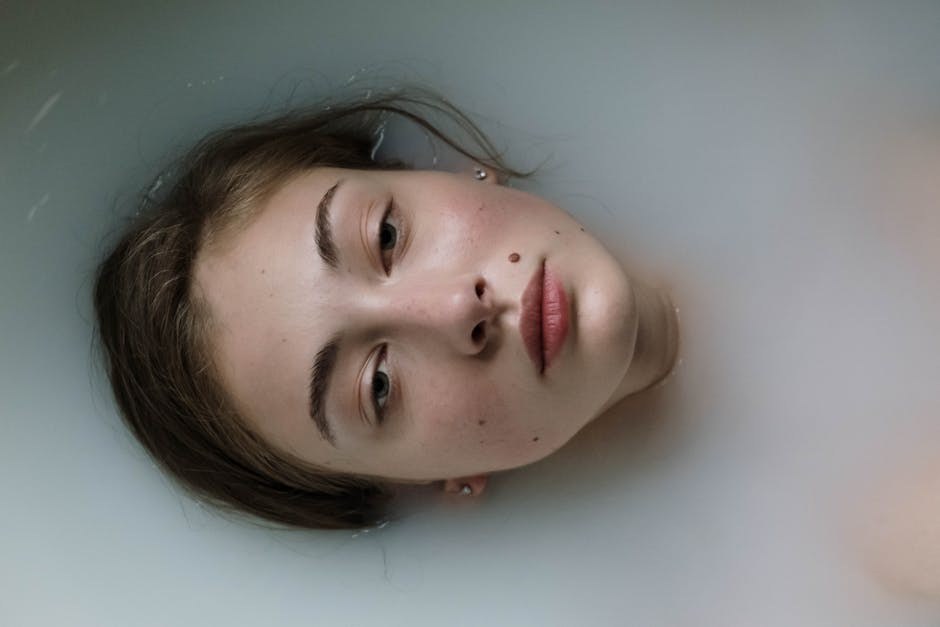Everyone seems to be talking about a pink pill with a punchy nickname – the Female Viagra . The label is catchy, but also misleading. This medication, known by its brand name Addyi and drug name flibanserin, doesn’t work like the famous blue tablet for men. It approaches desire from a different angle, with daily dosing and strict safety rules that matter a lot in the real world. If you’re wondering whether the Female Viagra can revive a stalled sex drive, it helps to separate headline hype from what the medication actually does, who it’s for, and how it must be used to stay safe.
Why the nickname exists – and what it doesn’t mean
The phrase Female Viagra took off because it’s a convenient shorthand. But the resemblance stops at the idea that both drugs are meant to address sexual difficulties. The male pill is taken before a sexual encounter and improves blood flow – it’s about performance, not desire. By contrast, the Female Viagra was first explored as an antidepressant and acts on the brain’s chemistry involved in wanting sex. That means outcomes feel different: the goal is a modest lift in interest over time, not an instant on-switch in the bedroom. When you hear Female Viagra , think desire, not mechanics, and think consistency, not spontaneity.
How we got here
Back in the 90s, reports circulated that many women experienced some form of sexual dysfunction. Interest surged, then cooled, as experts debated how to define the problem and how to measure change. The idea of a Female Viagra sat on the shelf for years, partly because early attempts didn’t meet safety or efficacy expectations. Eventually, a company pursued flibanserin, and the conversation returned – cautiously. Regulators flagged side effects and interactions, especially with alcohol, and the proposal faced pushback. Campaigners argued the imbalance was unfair: men had options; women did not. That advocacy rekindled discussion and eventually led to approval with tight guardrails. The upshot is that the Female Viagra arrived not as a mirror image of the male drug, but as a carefully controlled therapy for a narrower diagnosis.

Why approval happened under tight controls
Approval came with strong conditions because risks were not hypothetical. The Female Viagra can cause dizziness, sleepiness, nausea, fatigue, insomnia, and dry mouth – effects that may worsen with alcohol. More concerning are episodes of severe low blood pressure and fainting, which can be exacerbated by drinking. To address this, regulators attached a boxed warning and a strict risk management program requiring prescribers and pharmacists to emphasize safety. Every fill comes with the same core message: do not combine the Female Viagra with alcohol, and follow guidance precisely. Those requirements are not window dressing – they define how the medication should be used day to day.
What Female Viagra actually targets
Mechanistically, the Female Viagra aims at desire – the felt sense of wanting intimacy. It is not a performance aid. That distinction matters because it shapes expectations. If your challenge is arousal mechanics or physical discomfort, this is not a targeted fix. If your concern is a fading or absent urge that disrupts your well-being or relationship, the Female Viagra aims to gently shift that baseline over time. The drug’s origin as an antidepressant candidate hints at its focus: it influences neural pathways related to interest and motivation. Understanding that focus keeps the conversation grounded – you’re evaluating a brain-acting medication, not a circulatory booster.
Who it’s for: understanding HSDD
The Female Viagra is prescribed for Hypoactive Sexual Desire Disorder (HSDD). In simple terms, HSDD describes a persistent, distressing lack of sexual desire that isn’t explained by medical conditions, mental health disorders, relationship turmoil, or side effects from other drugs. It can be acquired – meaning desire was once present – and generalized – meaning low desire shows up across situations, partners, or types of intimacy. That wording isn’t just bureaucracy; it protects you from being steered toward a medication when a different issue is at play. If desire is low because of conflict, pain, untreated depression, new medications, or simple incompatibility, the Female Viagra won’t address the root. A careful clinical workup helps separate HSDD from everything that looks like it but isn’t. Only when the pattern fits does the Female Viagra enter the picture as a potential tool.

How you take it – and how it differs from the male pill
The male pill is a take-as-needed option. The Female Viagra is not. It’s taken every day, aiming for steady changes in baseline desire. That daily rhythm matters: it means patience, routine, and ongoing assessment with a prescriber. You don’t take the Female Viagra at the last minute and expect fireworks – you commit to a course and look for gradual shifts. If that sounds like a different bargain than the blue tablet, it is. The upside is potential improvement in wanting sex, not a transient boost in performance. The trade-off is commitment and vigilance about safety rules, especially around alcohol.
Alcohol is a hard stop
This is the non-negotiable part of the label. The Female Viagra and alcohol do not mix. Drinking can intensify sedating effects and sharply drop blood pressure, increasing the risk of fainting. Because the medication is taken daily, the “I’ll just time my drink” idea doesn’t hold up – the overlap is hard to control in real life. Pharmacists emphasize the warning at each dispense for a reason. If life or work includes regular drinking, that’s an honest conversation to have before starting the Female Viagra . Safety isn’t a footnote; it’s the frame that keeps the therapy viable.
What women report feeling on it
Accounts from people who have used the Female Viagra tend to share a theme: it’s not a switch that flips you into a new personality. It’s more like a nudge that restores a feeling that had gone quiet. In trial stories, some participants noticed interest returning after a couple of weeks – not a surge into hypersexuality, but a renewed inclination to be intimate. When the medication stopped, some described going back to baseline. That doesn’t mean the Female Viagra fixes everything; it means that for certain women who meet HSDD criteria, there may be a meaningful lift in desire while taking it. The day-by-day quality is why consistent use – and realistic expectations – matter.

Risks you must weigh honestly
Side effects are part of the bargain with any daily medication, and the Female Viagra is no exception. Dizziness and sleepiness can sneak up on you – not ideal if you drive or operate machinery. Nausea, fatigue, insomnia, and dry mouth can erode enthusiasm quickly if they persist. The headline warnings – severe hypotension and loss of consciousness – are why the alcohol rule is so strict. None of this is meant to scare you away; it’s meant to give the Female Viagra a fair, informed trial if you and your clinician decide it fits. The therapy lives or dies on respect for those safety rails.
Why the loud debate about fairness happened
Part of the story behind the Female Viagra is a public campaign calling out a perceived double standard. Advocates argued that options for men were numerous, while women had none for low desire. Whether or not that pressure swayed the outcome, it undeniably shaped the conversation. The takeaway for you is simpler: approval doesn’t mean casual use, and controversy doesn’t make a medicine unsafe. What matters is whether the Female Viagra aligns with your diagnosis, your lifestyle, and your willingness to abide by precautions.
Who should probably pass – at least for now
If you bristle at rules or know you won’t avoid alcohol, the Female Viagra is a poor match. Likewise, if desire is low because of pain, unresolved conflict, untreated mental health issues, or other medications, that’s where attention belongs first. The Female Viagra is not a shortcut around hard conversations or a substitute for addressing underlying problems. Think of it as a targeted tool for a specific pattern – not a cure-all, not a party drug, and not a guarantee.
How clinicians decide
Prescribers lean on the HSDD definition, a thorough history, and a risk-benefit discussion. They also gauge your ability to follow instructions – especially with alcohol – because that’s baked into safe use. If your profile fits and you understand the commitment, a trial might follow. If not, a good clinician will steer you elsewhere without apology. That’s not gatekeeping; it’s doing the job responsibly. The Female Viagra earns its place only when the basics are squared away.
Setting expectations at home
Even when the Female Viagra helps, it doesn’t replace communication or closeness. Desire is relational as well as biological. If both partners expect a pill to solve everything, disappointment follows. A more realistic framing is this: the Female Viagra may make wanting sex feel possible again, which opens the door to intimacy you then nurture deliberately. That shift can be enough to change a relationship’s rhythm – provided you use it as a bridge, not as the entire plan.
What a trial period looks like
Practically, you and your clinician will check in on daytime sleepiness, dizziness, and overall well-being while you take the Female Viagra nightly. You’ll watch for any patterns that make work or driving unsafe. You’ll also get honest about alcohol – the goal is not to bend the rule, but to respect it. Improvement, if it arrives, tends to appear after consistent use rather than on day one. If the cost, side effects, or lifestyle restrictions outweigh gains in desire, ending the trial is a valid outcome. The Female Viagra is a choice, not a mandate, and opting out is as legitimate as opting in.
One person’s story, many lessons
Accounts from trial participants have a relatable ring: being told “it’s all in your head,” then feeling dismissed, then finally noticing a change after steady dosing. That arc underscores the central promise of the Female Viagra – it’s about the mind’s appetite for intimacy. When a participant stopped, desire often returned to its old baseline, which reinforces the daily-use model. The lesson is simple if unsatisfying: while the Female Viagra is taken, some women feel a difference; when it’s not, the difference may fade. That’s not magic – it’s medication doing what it’s designed to do within its limits.
Questions to raise with your clinician
- Does my pattern of low desire match HSDD, or is something else more likely? Describe how the Female Viagra fits – or doesn’t.
- How will daily use affect my routine, sleep, and work? What signs mean I should stop or call you?
- Given my relationship with alcohol, is the Female Viagra realistic for me? How do I keep myself safe?
- What alternatives should I consider first if HSDD isn’t the best explanation?
- How will we measure change so I know whether the Female Viagra is helping?
If you’re considering it, slow down and clarify
Before you chase a prescription, map your situation honestly. Are stress and exhaustion dimming your spark? Are there medical issues, new medications, or relationship strains at play? If so, those deserve attention. If, after sorting through those layers, the picture still looks like HSDD, a careful trial of the Female Viagra might make sense. Respecting the rules – especially the alcohol prohibition – is part of the choice. The medication is not a celebration in a bottle; it’s a structured approach to a specific problem.
What not to expect
Don’t expect instant chemistry or a guarantee of orgasms. Don’t expect the Female Viagra to fix mismatch, resentment, or pain. Don’t expect it to behave like the male pill. Expect, at most, a gradual shift in wanting to be close – a change that needs your participation and your partner’s goodwill. Used that way, the Female Viagra can be one piece of a bigger picture: communication, comfort, patience, and a mindset that treats desire as something you can cultivate rather than command.
The decision is personal, the rules are universal
Whether the Female Viagra is right for you hinges on a diagnosis, your tolerance for daily medication, and your ability to follow safety guidance. The universal parts don’t change: daily dosing, no alcohol, and realistic expectations. If you can hold those lines and your clinician agrees HSDD is the right frame, a trial may be worthwhile. If not, the best choice is to pause, explore other avenues, and revisit later if the ground shifts. Your well-being – not a headline – should lead the way.
Do you actually need it?
Ask yourself what “need” means in your life right now. If you miss the feeling of wanting sex and that absence weighs on you or your relationship, the Female Viagra could be worth discussing. If you suspect your desire is situational – the wrong timing, the wrong stresses, the wrong context – address those first. Curiosity about your own mind and body is not optional; it’s central. Explore what sparks interest, what calms anxiety, and what makes intimacy feel inviting. If those efforts don’t move the needle and HSDD still describes your experience, bringing up the Female Viagra with a trusted clinician is a sensible next step.
A final word before you decide
The nickname will keep grabbing headlines because it’s neat and memorable. But your decision should be messier – more honest, more specific, more grounded in your reality. The Female Viagra is neither a miracle nor a mirage. It’s a medication with defined aims and clear limits, offered with precautions that exist for good reasons. If you choose it, do so with eyes open, expectations measured, and boundaries respected. If you pass, do so knowing that desire is complex – and your path back to it can be, too.